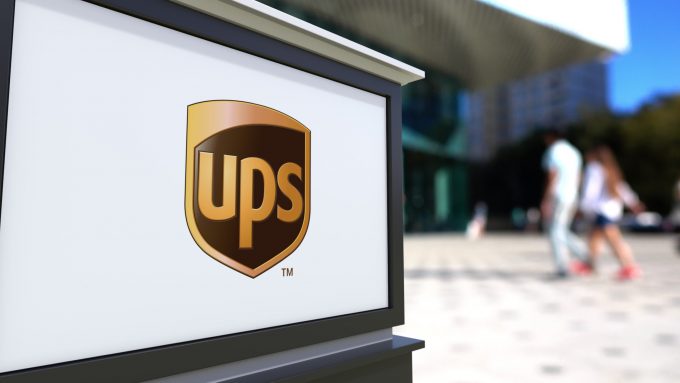Constant changes to FedEx surcharges tests B2C shippers' patience
In a move unlikely to endear itself to customers, FedEx has tweaked its surcharges yet ...

UPS has reported second-quarter growth across all divisions.
However, heightening global trade tension raises questions over whether the momentum can be maintained.
Consolidated profit soared 21% on 2018, to $3.5bn, on revenues of $18bn, up 3.4% year on year.
Chief executive David Abney said: “Our transformation initiatives are ...


Comment on this article